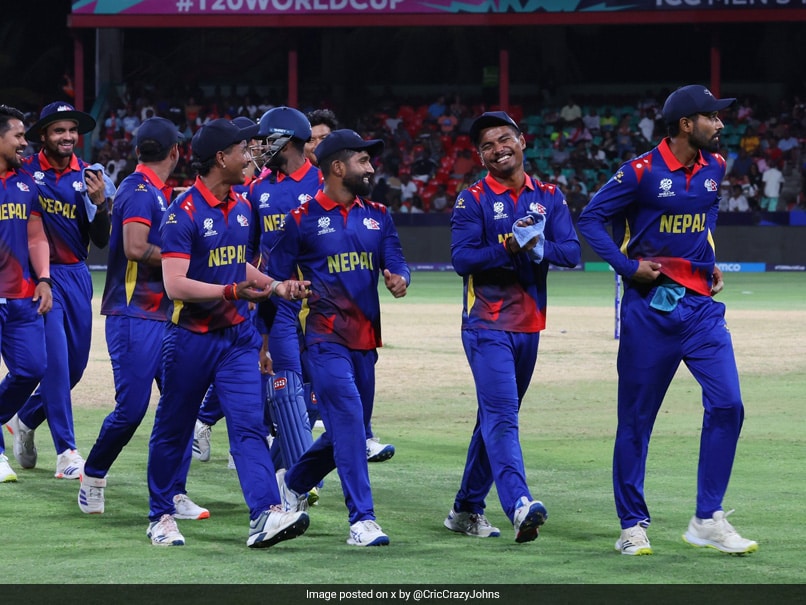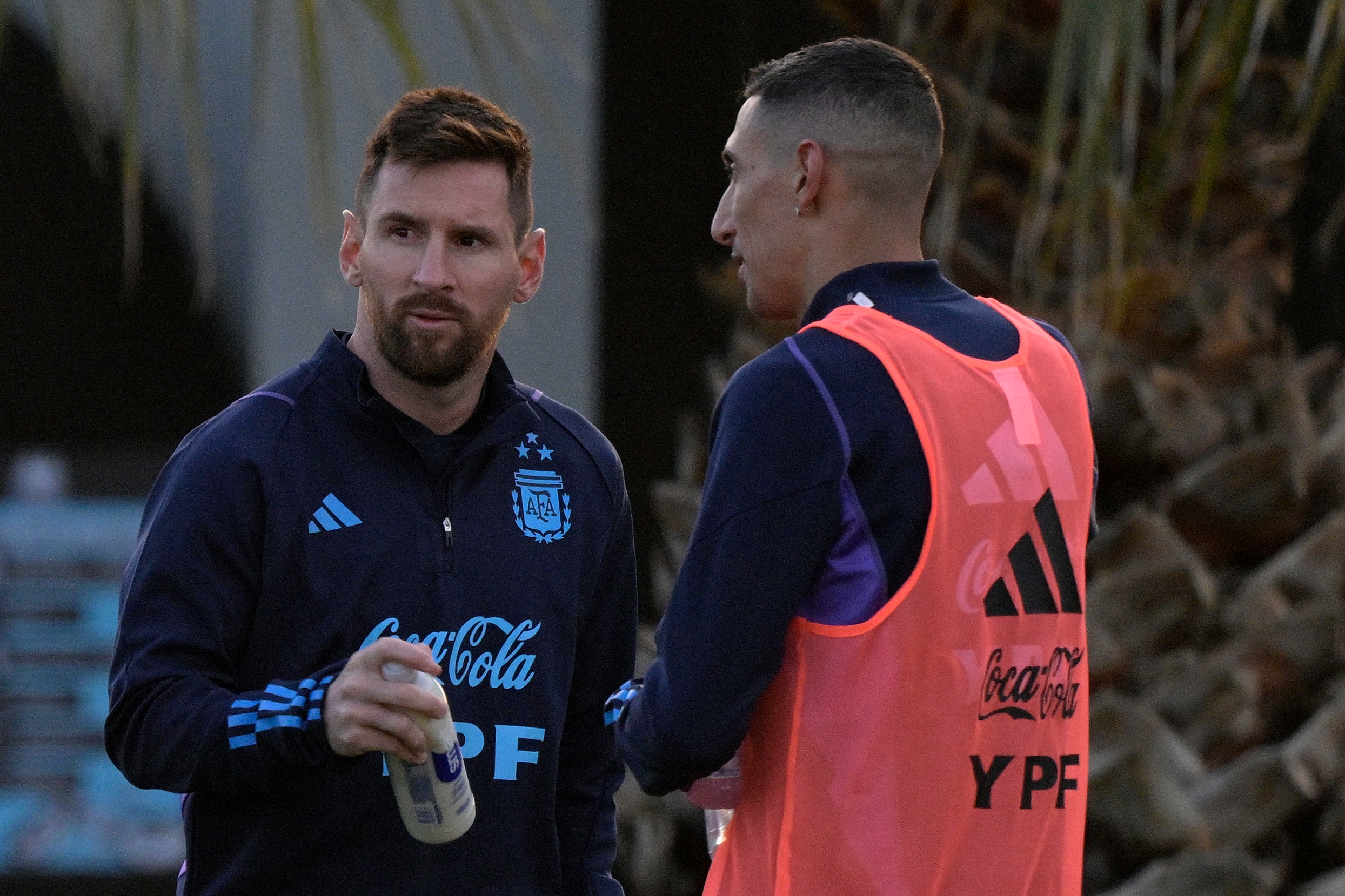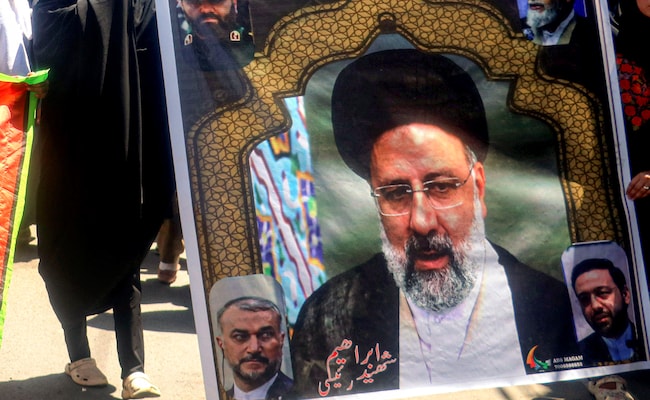Dutch Prime Minister Mark Rutte and NATO secretary-general Jens Stoltenberg meet, at the Alliance’s headquarters in Brussels, Belgium.
| Photo Credit: REUTERS
Outgoing Dutch Prime Minister Mark Rutte on June 20 clinched the race to become the next head of NATO at a pivotal time for the alliance, after sole challenger Romanian President Klaus Iohannis pulled out.
The veteran politician, 57, is expected to be formally named by NATO’s 32 nations in the coming days and should take over when current chief Jens Stoltenberg’s term ends on October 1.
Mr. Rutte will come in at a perilous moment for the Western allies as Russia’s war in Ukraine drags on and Donald Trump battles to reclaim the presidency in the United States come November.
After staking his claim for the job last year following the collapse of his coalition, staunch Ukraine backer Rutte quickly won the support of heavyweights the United States, Britain, France and Germany.
But he had to use all the diplomatic skills gleaned during almost 14 years in charge of the Netherlands to win over hold-outs led by Turkey and Hungary.
Mr. Rutte overcame Turkish reticence with an April visit to Istanbul, before finally sealing a deal with Hungary’s Viktor Orban at a European Union summit this week.
That left the last sticking point as Iohannis, whose surprise bid had ruffled feathers among allies banking on a smooth appointment for Rutte ahead of a NATO summit in Washington next month.
Romania’s security council on June 20 announced Mr. Iohannis had formally withdrawn and that the country backed Mr. Rutte.
Trump looming?
Mr. Rutte will have a lot on his plate when he assumes the reins from Norway’s former premier Mr. Stoltenberg, who led the alliance through its most consequential decades since the end of the Cold War.
Just weeks after his four-year term is expected to start, voters in the United States will go to the polls in a crunch vote to chose between incumbent Joe Biden and Mr. Trump.
The prospect of the volatile former President returning to the Oval Office has rattled allies fearful that he could weaken superpower Washington’s role as Europe’s ultimate security guarantor.
Mr. Trump fuelled those fears on the campaign trail by saying he would encourage Russia to attack NATO countries not spending enough on their own defence.
Like Mr. Stoltenberg, Mr. Rutte won plaudits for his careful handling of Mr. Trump during his first term in power— when the ex-reality TV star reportedly even mulled pulling the United States out of NATO.
“I think Mark Rutte is a very strong candidate,” Mr. Stoltenberg said on a visit to Washington Tuesday. “He has a lot of experience as Prime Minister. He’s a close friend and colleague.”
While Mr. Trump’s return could pose one major challenge— to NATO’s east Mr. Rutte will face the far more pressing menace from Russia’s President Vladimir Putin.
The Kremlin’s forces are currently on the front foot in Ukraine after more than two years of brutal conflict, and the NATO chief will have a key role in marshalling aid from Kyiv’s weary backers.
At the same time, Mr. Rutte will have to ensure the alliance is ready to defend against any potential future attack from Moscow— if, or more likely when, Mr. Putin is able to rebuild his forces.
Part of that will involve corralling European allies to spend more on defence— a key demand from Mr. Trump, and other U.S. leaders.
This week NATO announced that 23 out of its 32 member countries had hit the alliance’s target of spending two percent of their gross domestic product on defence.
‘Teflon Mark’
Dubbed “Teflon Mark” for his ability to remain in power for so long in the Netherlands, Mr. Rutte will become the fourth Dutchman to lead NATO since it emerged from the ashes of World War II to confront the Soviet Union.
The bicycling conservative threw his country’s economic weight behind Ukraine in the wake of Russia’s 2022 invasion— leading efforts to deliver F-16 fighter jets to Kyiv.
While NATO countries along the alliance’s eastern flank had pushed for one of their own to get the NATO job, Mr. Rutte’s backers insist he is fully aware of the threat posed by Russia.
Among the most formative events during his time in charge of the Netherlands was the 2014 shooting down of Malaysia Airlines flight MH17 over Ukraine, with 196 Dutch among the 298 killed, that was blamed of Moscow-backed fighters.













